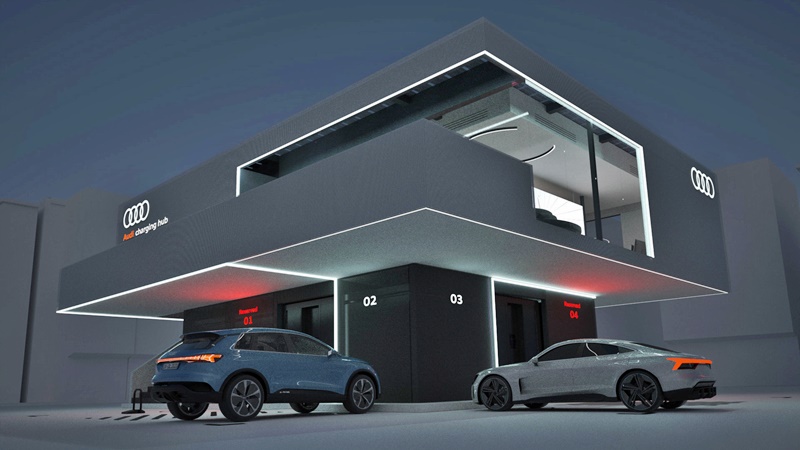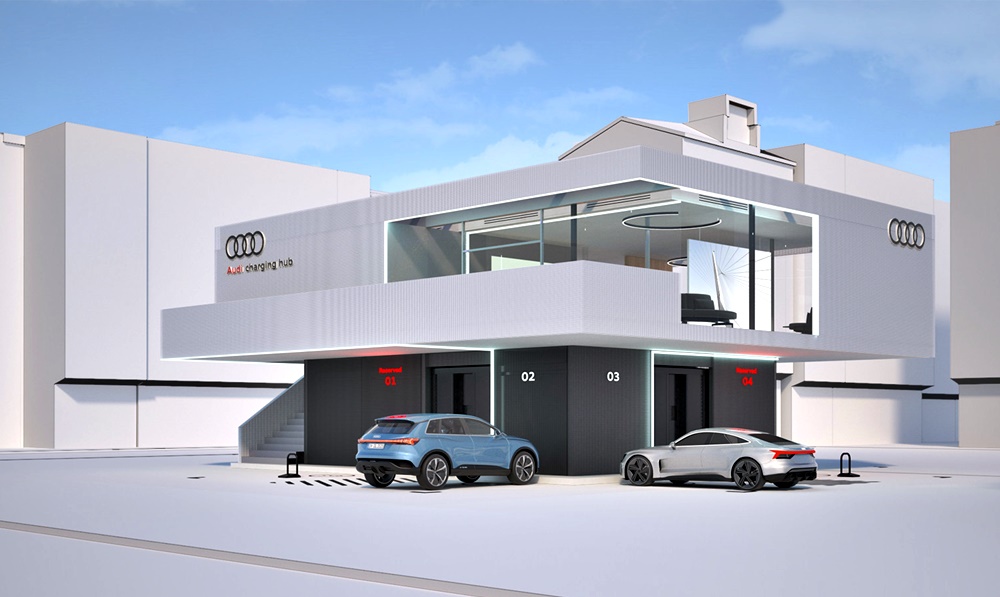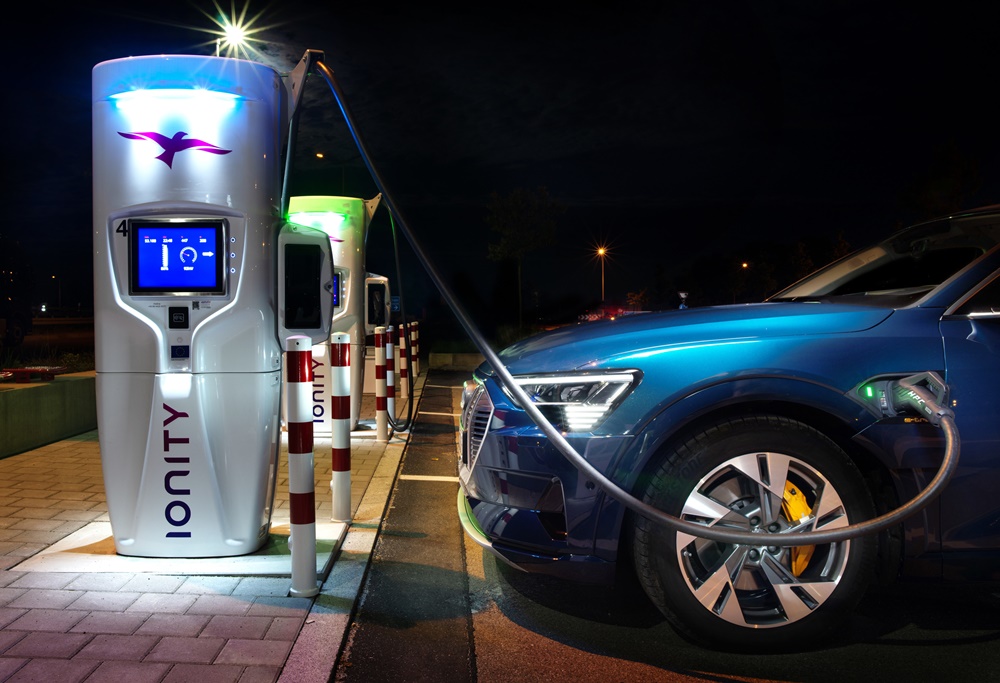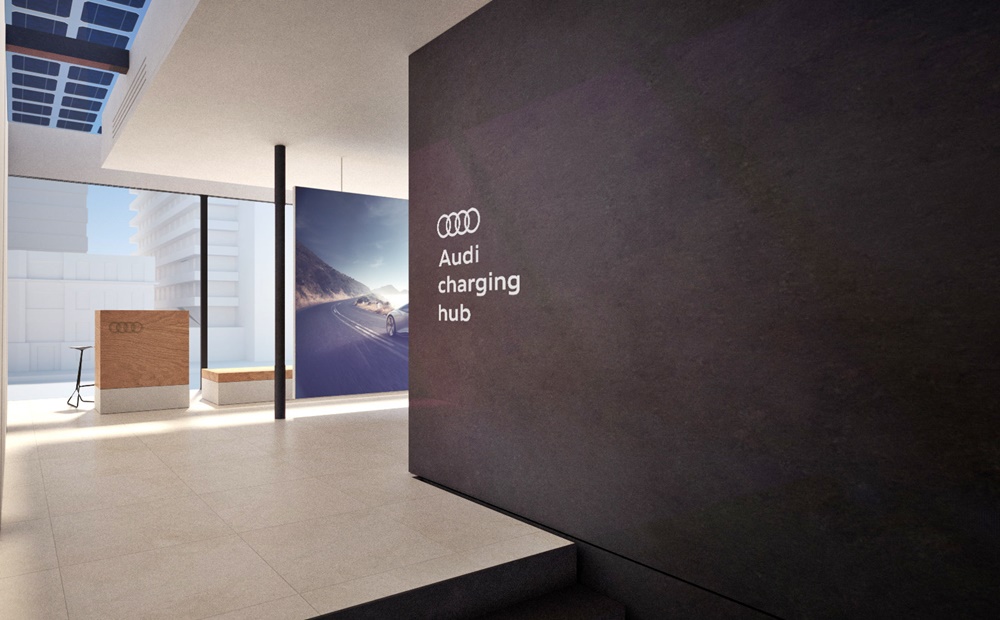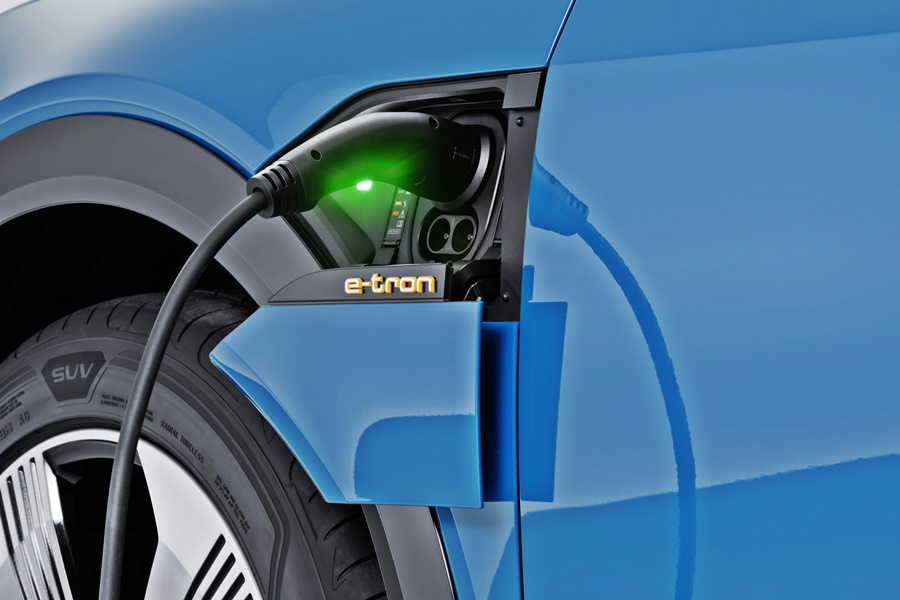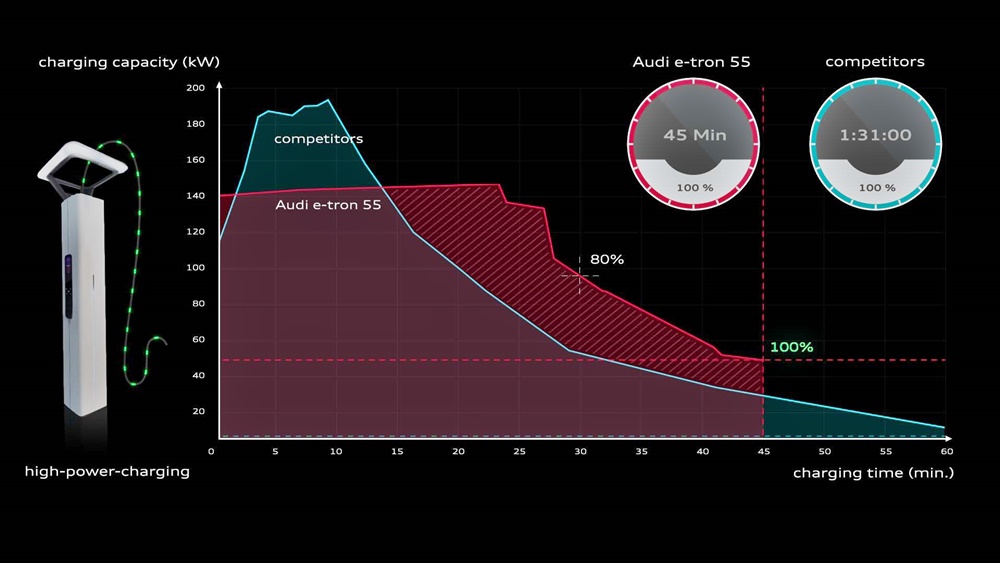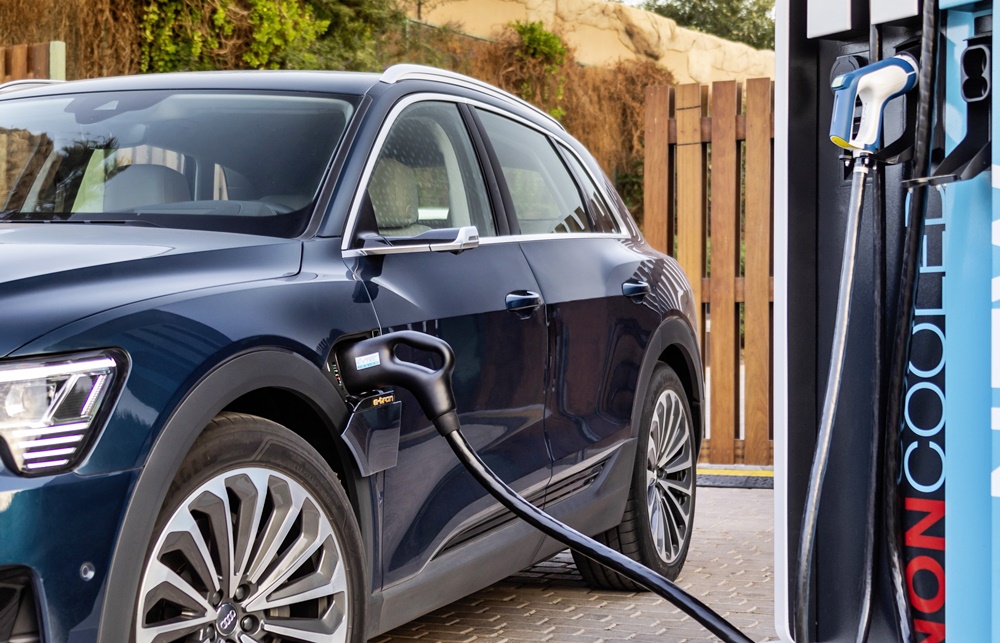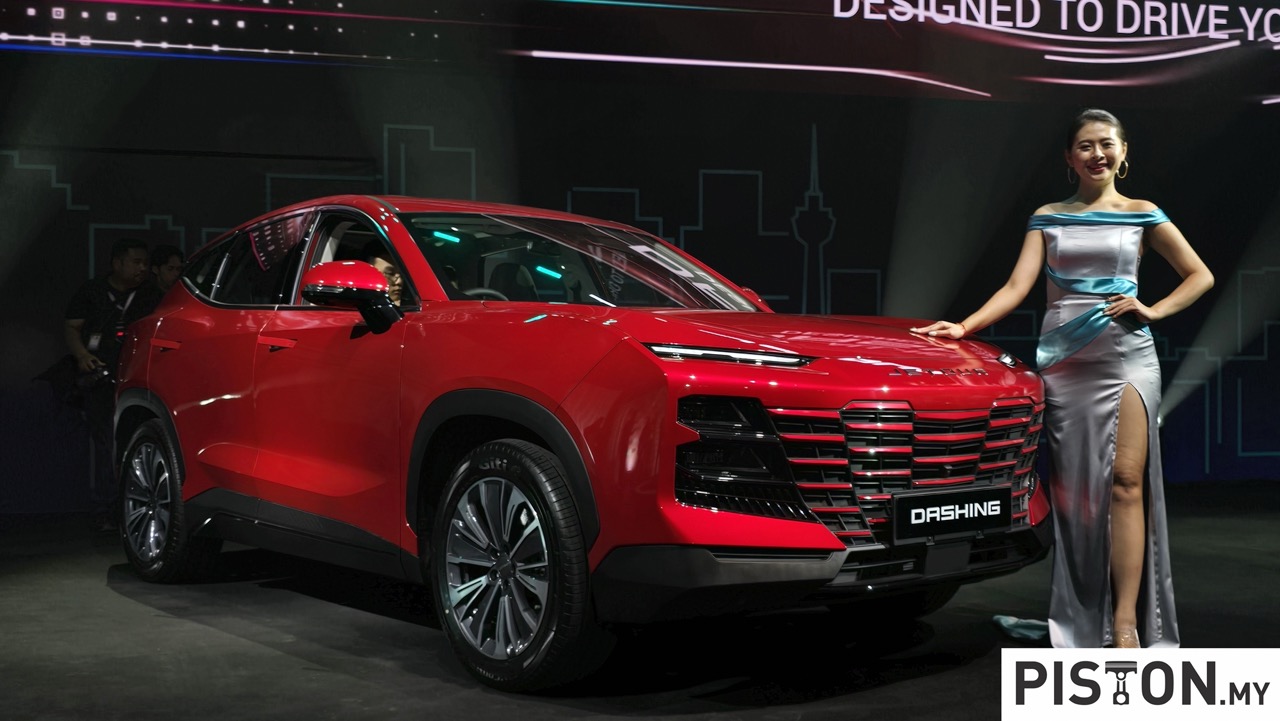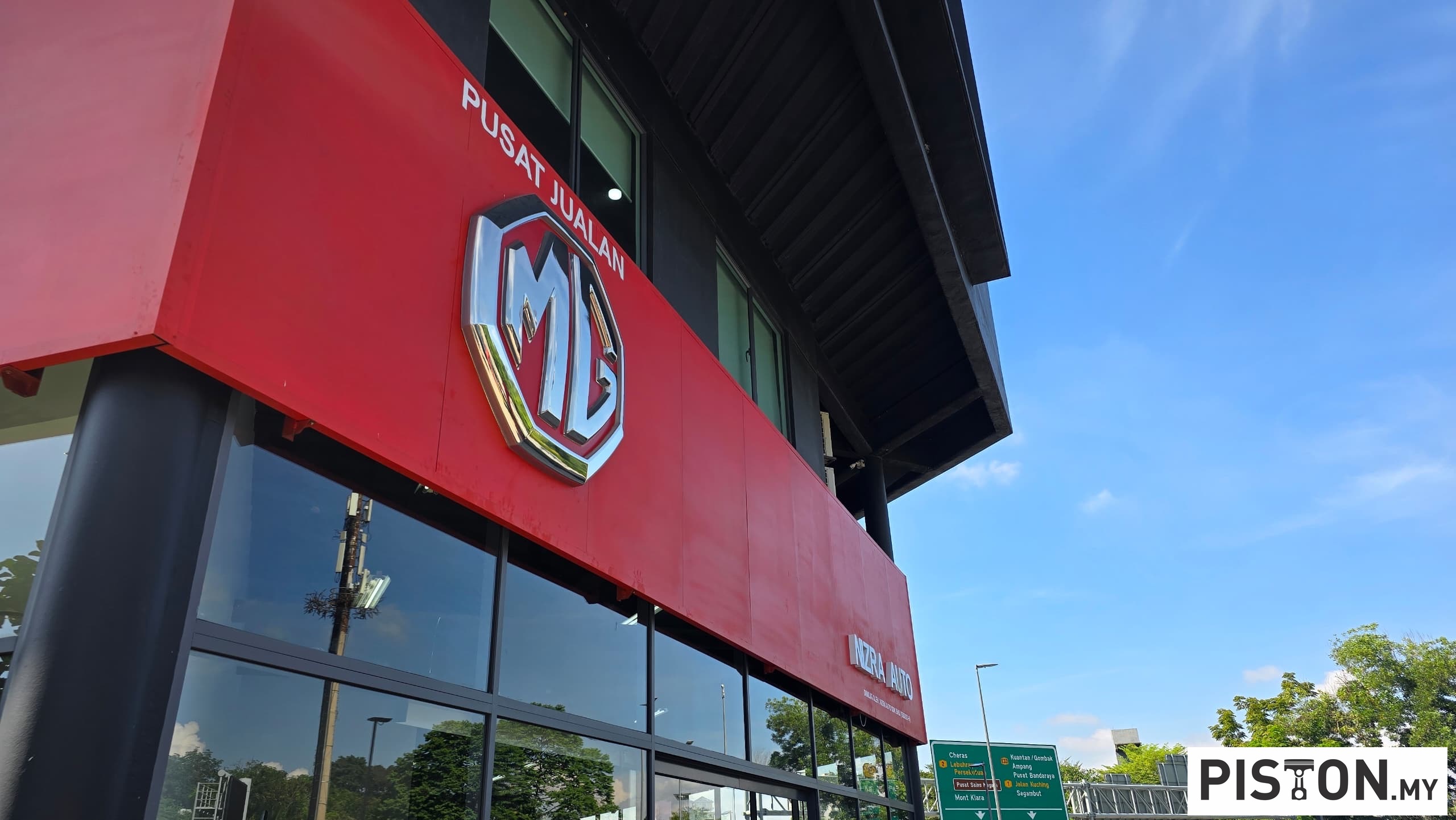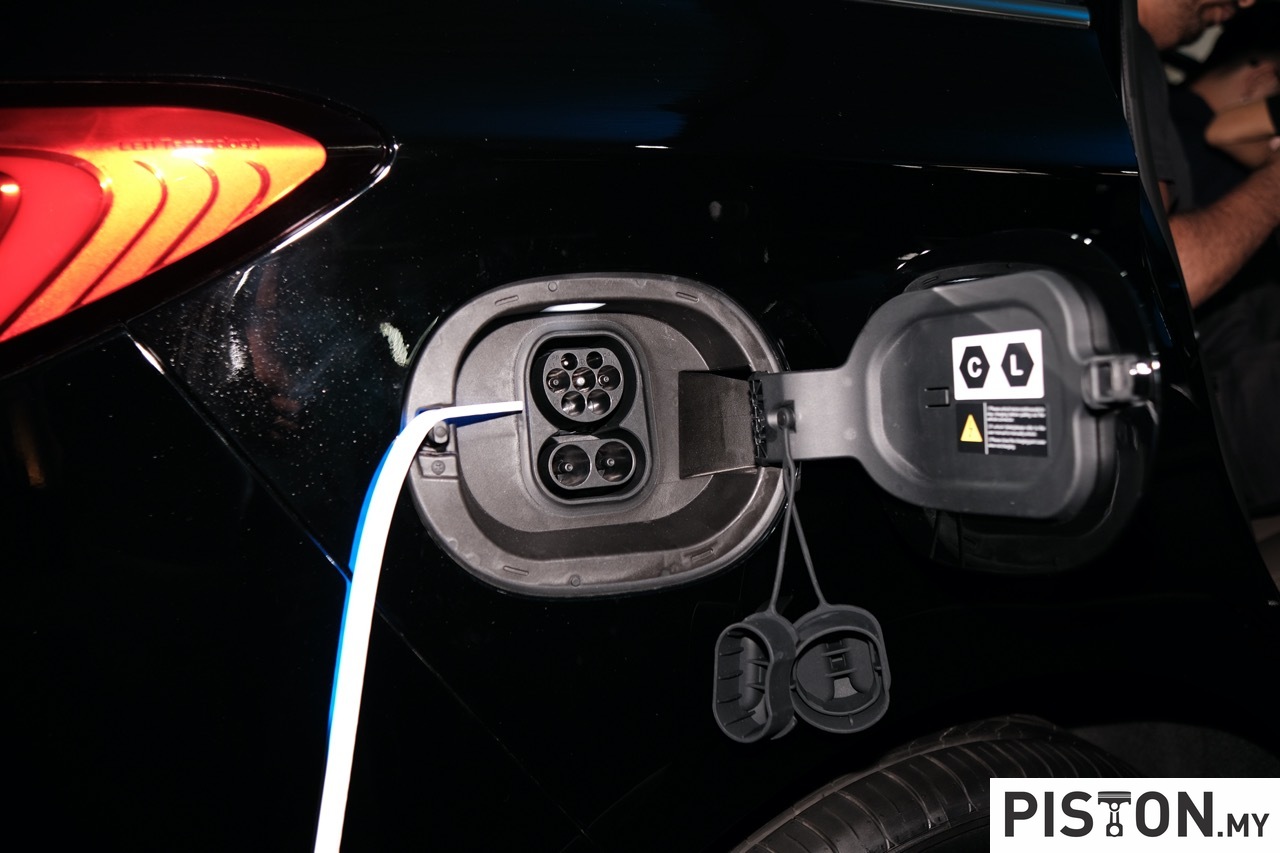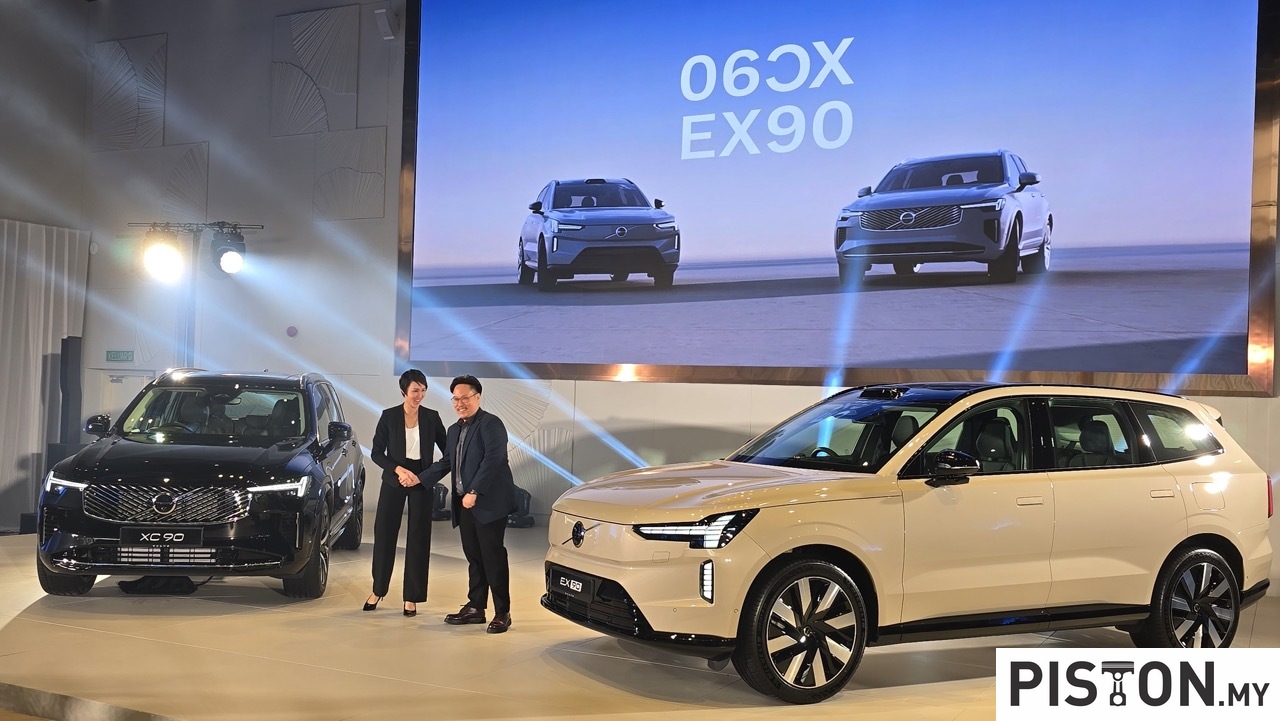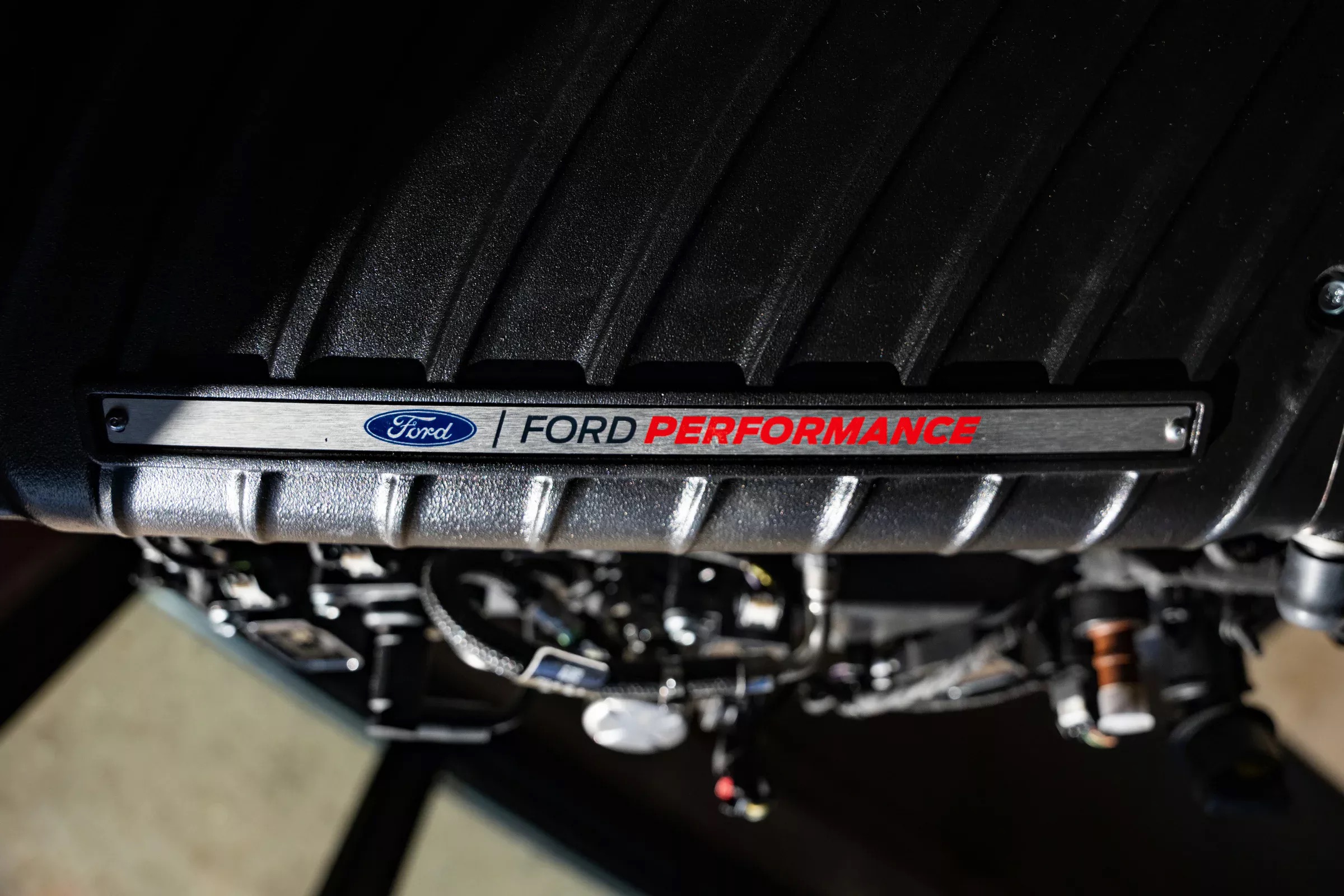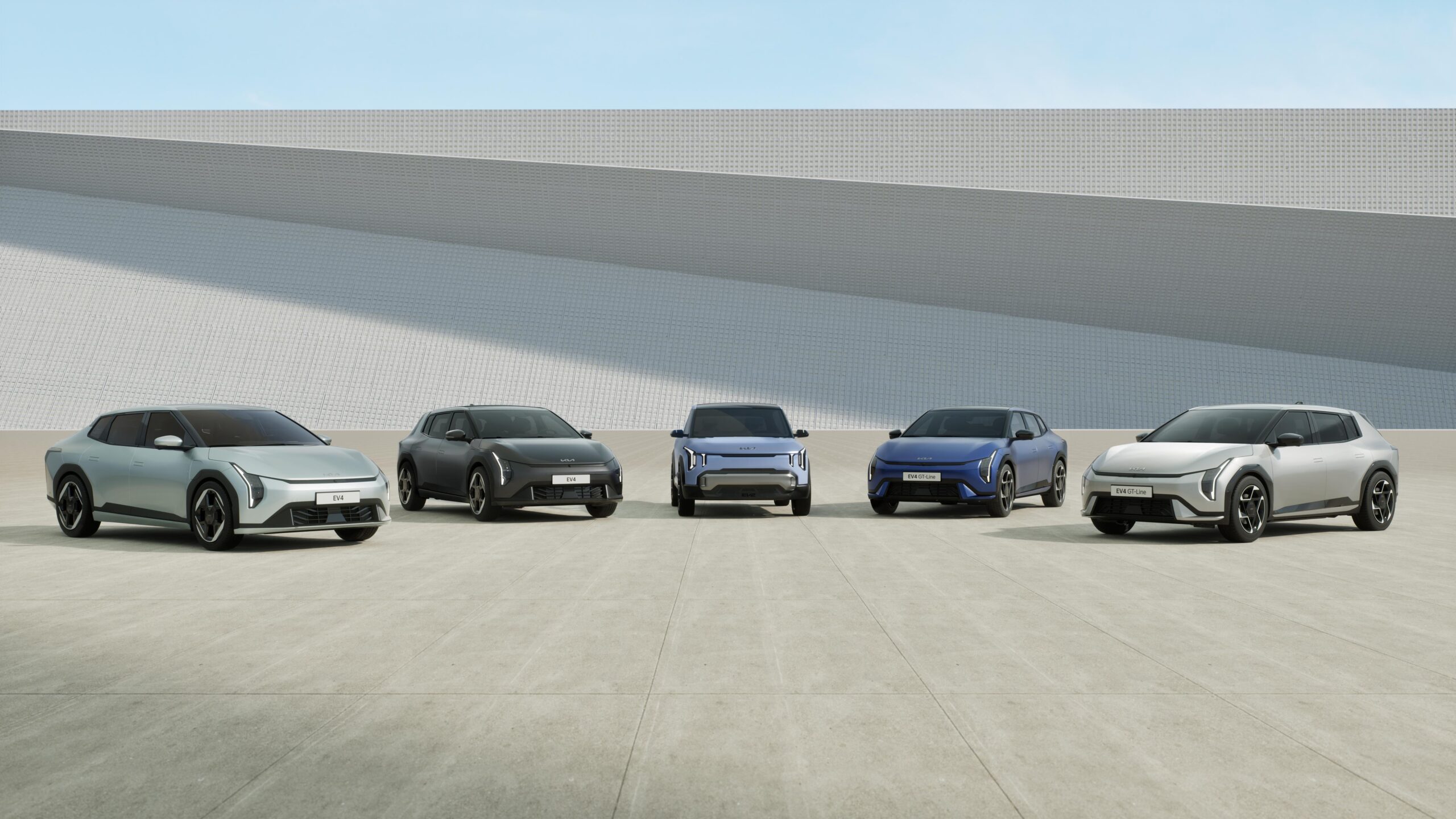The petrol station of today has evolved through many decades from being just a small shack by the roadside with a fuel pump, to a spacious facility that not only sells fuel but also has a convenience store and motorists can have their cars washed as well. The layout of these facilities is pretty much standardised, apart from the buildings which may be more than mere blocks.
With the increasing number of electric vehicles – fully electric and plug-in hybrids – the role of the station will have to change and besides supplying fossil fuels, facilities for recharging will also be expected. However, because recharging at this time still takes a while, the concept of such facilities will need to be adapted.
Pilot project with new concept
Audi, which plans to have a range of more than 20 fully electric models by 2025, is also looking at this aspect since the key to success of electrification greatly depends on the charging infrastructure. The carmaker has come up with a concept which will be assessed in a pilot project in the second half of the year.
The concept is the Audi Charging Hub with high-power charging (HPC) stations that can be reserved in advance to provide a high level of planning security. A lounge area directly nearby will provide an attractive, premium place to pass the time.
Cubes form the foundation of the Audi Charging Hub and these flexible container cubes fulfil various technical requirements and house charging pillars as well as used lithium-ion battery packs for energy storage. The use of second-life modules from disassembled development vehicles doesn’t just give the battery cells a new, sustainable purpose – it also provides a great benefit in their suitability as ancillary storage for direct current. This makes complex infrastructure with high-voltage lines and expensive transformers unnecessary.
Thanks to this huge interim storage – roughly 2.45 Mwh – the 6 charging stations, which will have a charging output of up to 300 kW, only need a standard 400Vt high-voltage hook-up. That makes output starting at 11 kW per cube sufficient to be able to fill the three storage modules with a total capacity of 2.45 MWh continually and to charge them overnight.
Premium lounge area
Different electric vehicle models will have different charging times for their battery packs. The latest Audi models take a little longer than a coffee break; the e-tron GT, for example, can be recharged with enough energy for up to 100 kms in about 5 minutes, with a charge from 5% to 80% taking roughly 23 minutes under ideal conditions. Audi customers need not stand around waiting as the pilot facility will have a lounge for them to relax in, with amenities commensurate with the premium image of the brand.
Photovoltaic modules on the roof will provide additional green energy. This not only makes it easier to selection possible locations, but it also reduces the planning time required and the costs while also saving resources. In addition, the modular concept provides maximum flexibility and scalability. The hub can be transported, installed and adapted to the individual location quickly, largely independent of local network capacities.
“The charging hub embodies our aspiration for the electric era and highlights Audi’s commitment to ‘Vorsprung durch Technik.’ A flexible high-performing HPC charging park like this does not require much from the local electricity grid and uses a sustainable battery concept. Our customers benefit in numerous ways: from the ability to make exclusive reservations, a lounge area and short waiting times, thanks to high-performance charging. This is consistent with the premium concept,” said Oliver Hoffmann, Member of the Board for Technical Development of Audi AG.
Trials and practical test
The search for a location in Germany for Audi’s pilot project and talks with possible partners are currently underway. It is planned to go into operation in the second half of the year. The findings about day-to-day operations and customer acceptance generated from this will be decisive for further implementation of the concept.
“We are testing what the optimal technical solution is in a very realistic way. The focus in doing so is firmly on the needs of our customers,” said Hoffmann. ”The plan for the pilot phase also calls for drivers of other brand cars to be able to use charging stations that are open and not reserved as well as parts of the lounge.”
The approach being taken by Audi could be a practical way in the transition period as vehicles with combustion engines are gradually phased out (which will take some time). The Audi Charging Hub can complement the existing fuel station infrastructure and could be set up adjacent to an existing station, if the space is available.




